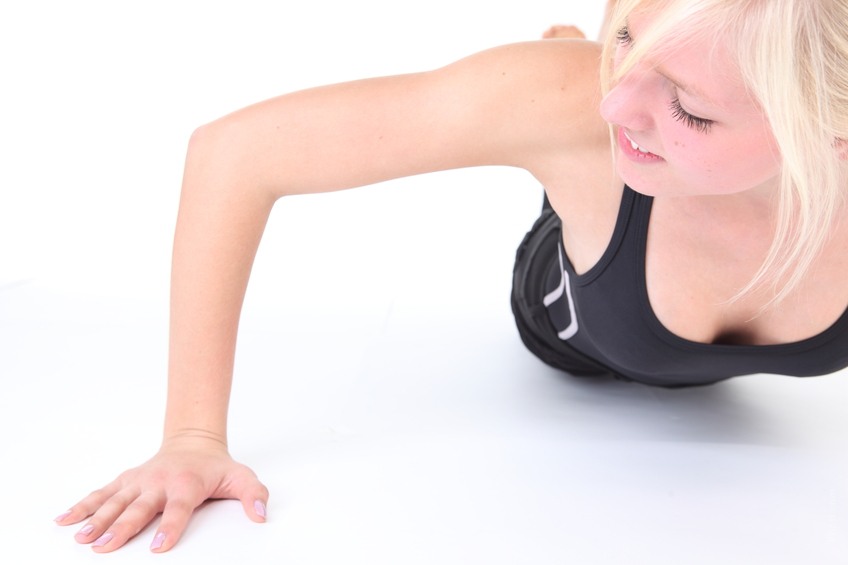Core Strength Training: Core Exercises
This article is devoted to the second component of the four critical areas of exercise training for dedicated athletes. We’ve covered flexibility and are moving on to core strength training. As a reminder, the four physical training components designed to increase speed, size, and power in athletics and include (1) flexibility (2) core strength (3) explosive movements, and (4) the strengthening of the posterior kinetic chain. Combining these components with a sound upper body strength routine will give you an edge on the court, the field or the ice. Let’s discuss the importance of core strength training in athletic conditioning.
Core Strength Training – Significance
Engaging in regular, consistent core strength training movements offers many benefits: it helps an athlete avoid muscular-skeletal pain and injury (particularly of the neck, hips and back); improves body control and stability and tones muscles involved in flexibility and balance. The importance of training your whole core is catching on fast…adopting a sound core strength training workout means engaging all of the muscles encasing your torso, from your shoulders to your thighs. Many fitness experts believe that, on its own, core strength training should be a separate workout component, alongside flexibility, cardiovascular and general resistance training movements. The most misunderstood fact around core strength training is that performing a few sets of crunches (and ignoring the back) does the job. Though research studies connecting core strength training to enhanced performance is in its youth, if you participate in a well-structured core strength training routine twice weekly, don’t be surprised if, after a few weeks, you can shave a full mile-per-hour off your running time.
Exercises that strengthen core muscles involve stretching and balance routines. They are a foundation of the basic fitness principles of dance, yoga and Pilates. Unlike traditional resistance exercises, core strength training does not require large pieces of exercise equipment. Core strength training requires a mat, possibly a stability ball and/or Bosu trainer but these accessories are not required. It is much more important that you are able to focus and perform the movements slowly, to your tolerance, using care not to overload your back. You must concentrate on your muscles and maintaining your balance. Your mind cannot be ‘elsewhere.’
Core Strength Training – Considerations
Gym warriors that consider themselves ‘advanced’ exercisers should start basic. Having a strong upper body and breezing through daily runs doesn’t necessarily mean you have a taut core. Many traditional strength training exercises are ‘forward’ directed (such as lunges and bench presses). Overdoing on these contributes to imbalanced muscular development or underdeveloped back muscles (from shoulders to the buttocks). By balancing out your strength, you can improve your posture, correct imbalances and breeze through functional movements (everyday activities) with a level of comfort and ease you didn’t have before.
In addition to engaging in a series of core strength training movements (for your front and back torso), you can enhance core strength by tweaking traditional strength training exercises. For example, instead of using a bench for stability while working your upper body (chest press with dumbbells), use lighter dumbbells and perform them on a stability ball with the ball supporting your upper back and neck. Keep your body in a ‘bridge’ position with your knees bent at a right angle, feet flat on the floor and pelvis elevated to be even with your chest. The focus of this article is on explaining the importance of core strength training. In the future, look for a sample core strength training routine for beginners. Examples of core strength training movements include bird-dogs, lateral pillar bridges (side planks) and planks (with hands on the mat under your shoulders) with alternating arm extensions.










